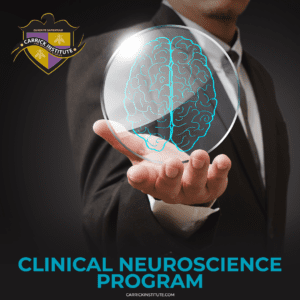Overview:

Leonardo da Vinci while making wax castings of the human brain back in 1504 was the first to and coin the term “cerebellum” (Latin for “little brain”) after identifying two small brain hemispheres tucked neatly under the relatively humongous left-right hemispheres of the “cerebrum” (Latin for “brain”). This module explores the integrated structure and function of the cerebellum from its classical view in coordinating movement to its more progressive functional role in higher cognitive processing. Common clinical disorders will be discussed emphasizing diagnostic and treatment applications.
The vestibular system is one of the leading contributors to one’s sense of balance and spatial orientation for the purpose of coordinating movement with balance. It is responsible for providing our brain with information about motion, head position, and spatial orientation. This module reviews in detail the structural components, central functional connectivity of the vestibular system. Assessment and management of the most common vestibular disorders will be discussed with emphasis focusing on non-pharmaceutical strategies.





